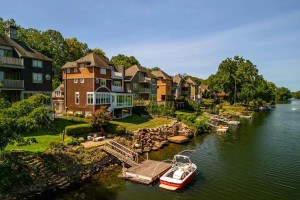Architype: Civic Studies

A rendering of Dilworth Park.
I guess “romping” is the word for what children were doing on the first day I visited the revamped Dilworth Plaza. Maybe “gamboling.” “Frolicking”? Some were frolicking. There are many words to choose from in the 10-pound thesaurus I recently scored at a used bookstore. Point is, they were having serious fun as they ran through jets of water, adults watching from multicolored cafe chairs. At one point, I saw an African-American kid, an Asian kid and a Latina kid invent a game together. I wouldn’t have been surprised if John Lennon had popped out from behind the puffy clouds to sing “Imagine.”
Not only that — people were reading the new informational panels. They were strolling to the “cafe.” They were chatting in areas that’ll be green space this time next year, and they were walking on pathways that they’ll be able to glide along in ice skates just months from now.
To say this is not the Dilworth Plaza I’m familiar with, as a native Philadelphian, is an understatement.
I turned to my companion and said, “I know there will be naysayers, but I won’t hear a word against it.”
I then proceeded to hear thousands of words against it, from the Inquirer and Facebook and I don’t know where.
And while many of these opinions were eloquently expressed, I felt they answered the wrong questions, such as whether the new space was warm and friendly enough. I blame the misdirected conversation on the name change — from Dilworth Plaza to Dilworth Park.
Going from “plaza” (synonyms: “common,” “court”) to “park” (synonyms: “pleasure garden,” “esplanade”) shifts the way we see this place — or are supposed to see it. It’s no longer a space that’s adjacent to a municipal building. It’s now a space intended for recreation. And that raises expectations.
Had the name stayed the same, people would have been delighted that this mere plaza — a typically fusty space connected to a government building — offered such recreational pleasures. Call it a park, and now it has to measure up to other newly minted recreational spaces, like Sister Cities Park, an analogy the Inquirer’s Inga Saffron made. It’s not a fair comparison. Nor is it appropriate.
City Hall was constructed for the purposes of government, and the space around it should be friendly to its citizens, sure. More than that, however, it should be accessible. The last time I spent any significant amount of time at Dilworth Plaza was during Occupy Philadelphia, when it served a vital role as the locus of a political protest — and it’s essential that it continue to be hospitable to that role above all. Want to lounge in a hammock or play shuffleboard? Go to Spruce Street Harbor Park. But if you want to make your voice heard to your mayor, go to City Hall. People don’t march against war in Iraq at lovely Anacostia Park in D.C. They march to the White House.
I’m glad the children were engaging in monkeyshines (page 382, 10-pound thesaurus) at Dilworth; don’t get me wrong. But more than that, I hope they grow up to see that same space as one they can go to when they want to be heard by their government. And if there’s a fountain to caper or skylark in between chants? All the better.
Originally published in the December 2014 issue of Philadelphia magazine.
For more history and analysis, see Nathaniel Popkin’s essay, “A Monumental Shift At Dilworth Park”


